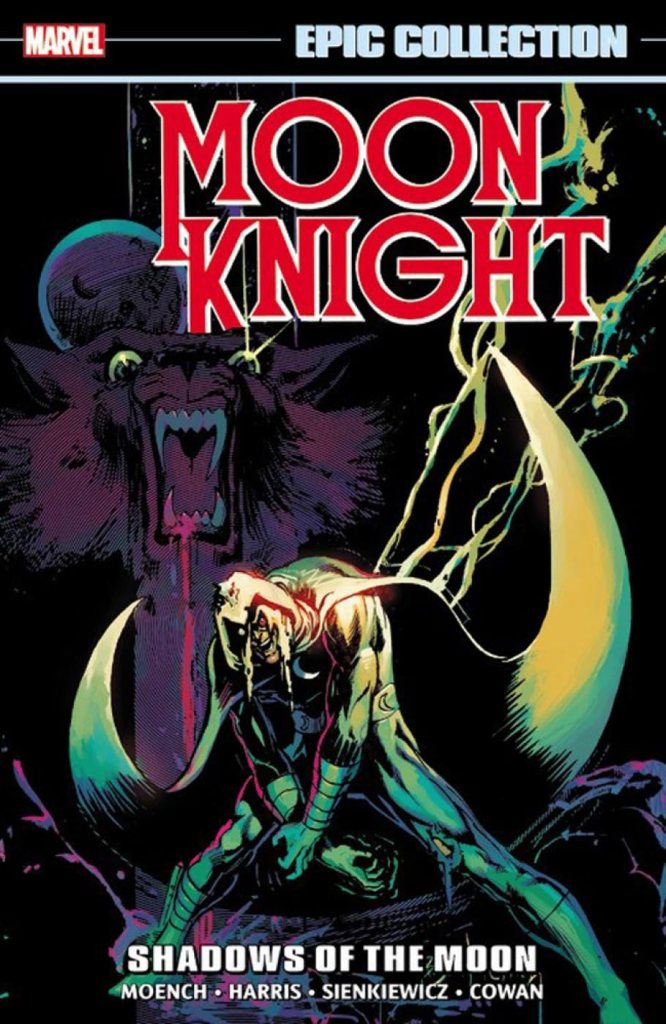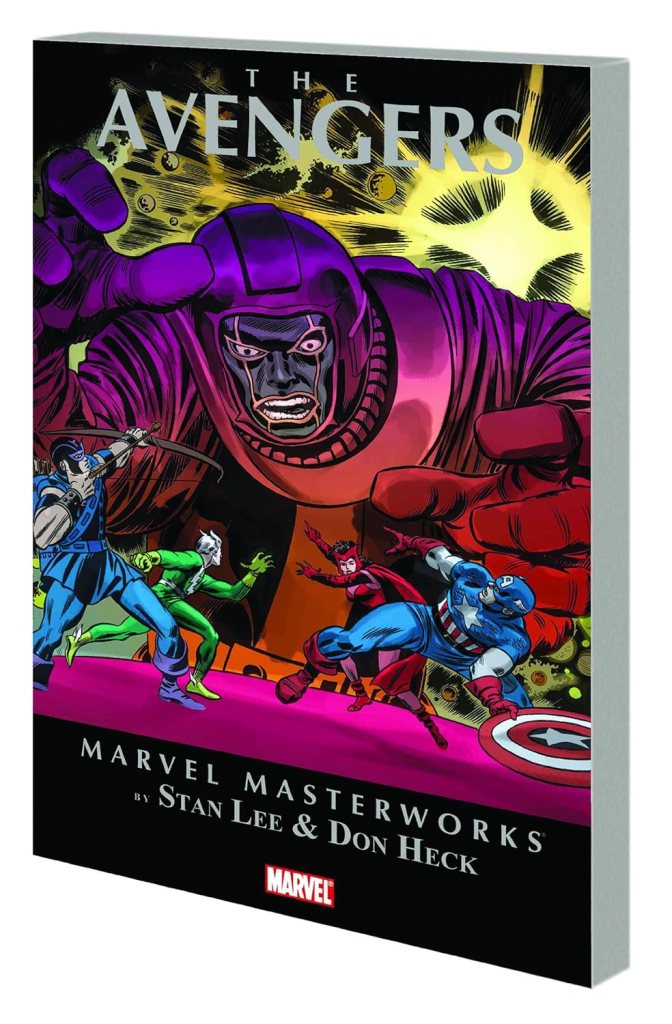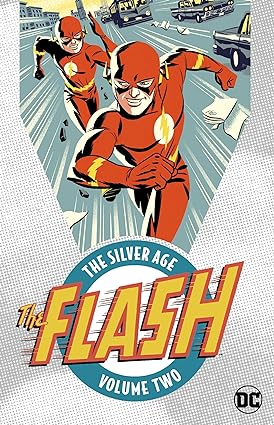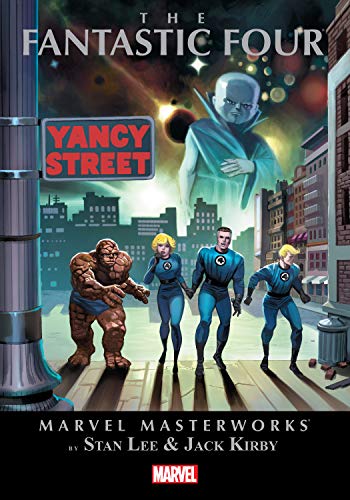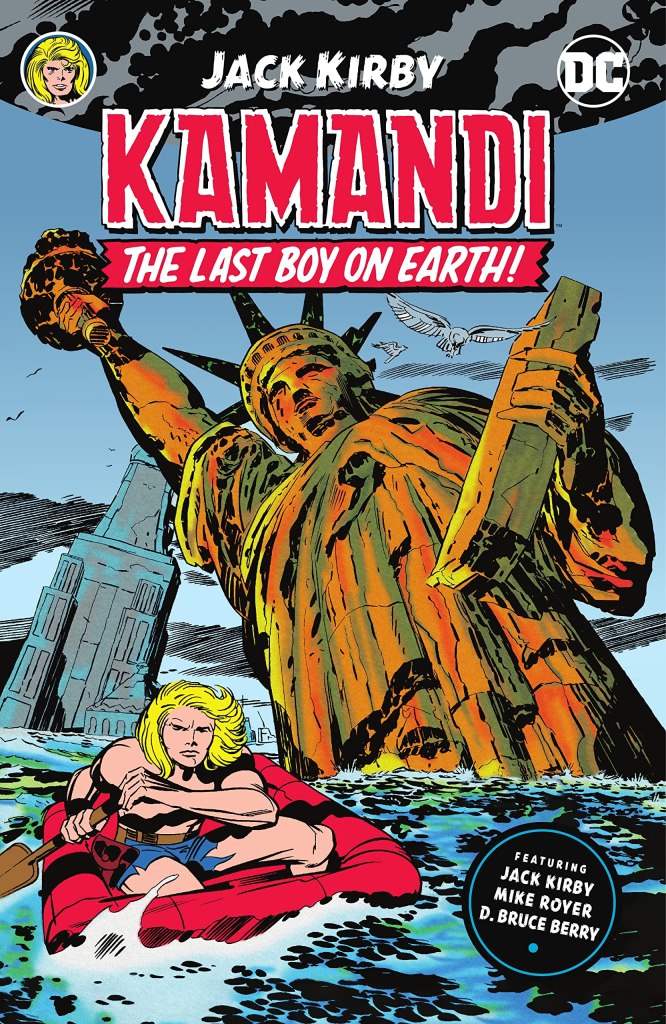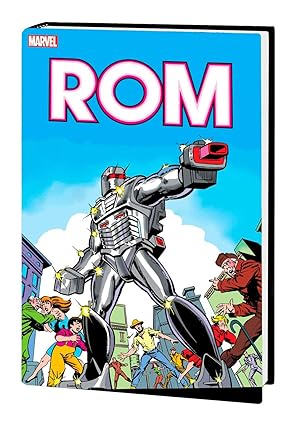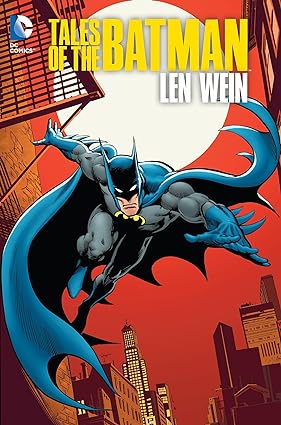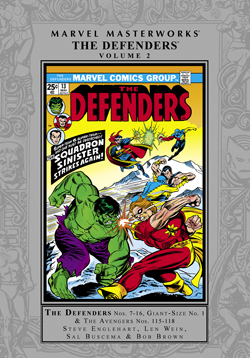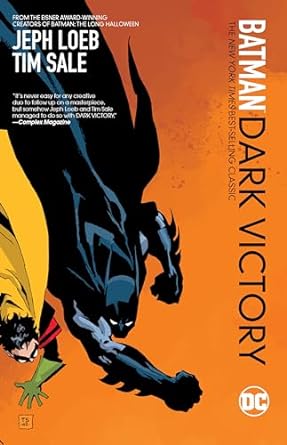This is a review of Moon Knight Epic Collection : Shadows of the Moon. You can read my review of the first volume, here. Moon Knight resembles Batman, down to the millionaire alter-ego and the Batarang (Moonarang?), except he dresses in white and the symptoms of his mental illness are more in-your-face.
The moon has four cycles, and Moon Knight has four personalities. I will refer to Moon Knight as Marc Spector, because he is the original. But I do like the ambivalence – mysticism or mental illness? Even though this is an early 80’s comic series, and thus about as subtle as a sledgehammer, writer Doug Moench is surprisingly coy on that topic. The bulk of the art is done by Bill Sienkiewicz, who has a distinctive style that’s not always to my personal tastes. Most of the stories are one or two-parters.
The most interesting storyline in this volume features Moon Knight archenemy the Bushmaster, who destroys the statue of moon-god Khonshu (Spector is a follower of Khonshu). It’s a psychological attack, which scores a direct hit. Spector is devastated, and the only thing that allows him to function again is the fact that Marlene (his partner) made a copy of the statue, which is what the Bushmaster destroyed. Or maybe the Bushmaster destroyed the original, and this statue is the copy? Spector doesn’t want to know.
There’s more! We meet an assassin who dresses up as an enormous rat, and counts rodents as his best (only?) friends. And then we have Morpheus, who took an experimental drug that makes him unable to dream. This drug was administered by Marlene’s heretofore unknown brother. If I didn’t know better, I’d say the creators made him up for this storyline. Morpheus’ inability to dream lets him tap into primal dark energy, as often happens, and the ability to manipulate people’s dreams.
The penultimate storyline resembles a James Bond movie, including doomsday weapons, assassins, bizarre gadgets and deathtraps. It involves the Mossad, a plot to set Manhattan afire, and a super-terrorist named Arsenal & his bikini-clad bodyguards. Arsenal is an anarchist dedicated to the destruction of all governments. He kills a friend of Spector’s, which gets Moon Knight involved. Marlene goes undercover, becomes a member of Arsenal’s guard, and gets into a no-holds brawl with his two other bodyguards. All of them wear bikinis, because reasons.
A decent series that helped pave the way to more adult-oriented superhero comics, but might be an acquired taste.

